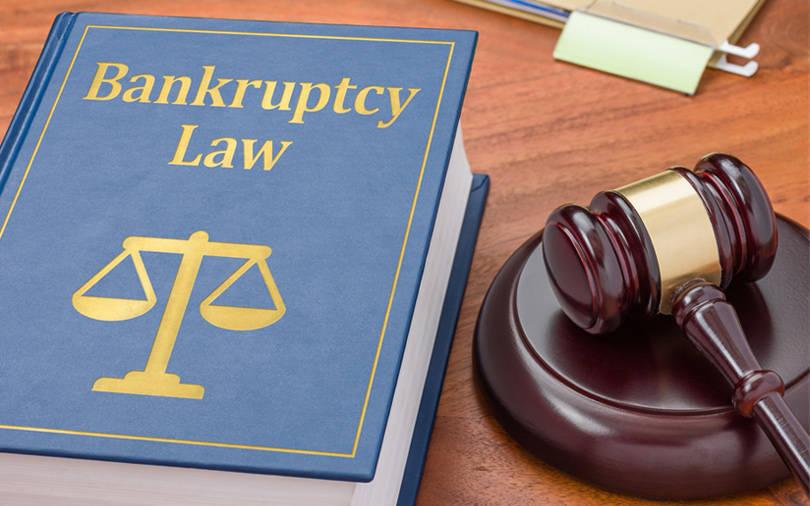The Cabinet’s approval of several changes to the bankruptcy law, such as increasing the resolution period to 330 days and giving preference to financial creditors over unsecured ones, will improve as well as speed up the insolvency process, analysts and industry executives say.
Importantly, the approval comes after the bankruptcy appeals tribunal earlier this month ordered the equal treatment of various classes of creditors in the Essar Steel case. The firm’s financial creditors have challenged the ruling in the Supreme Court.
In the light of all this, the clarity on the rights of the dissenting financial creditors as well as operational creditors would help improve the resolution process and could enable quicker resolutions as well as fewer lawsuits, said Abhishek Dafria, vice-president and co-head, corporate ratings, ICRA Ltd.
The Cabinet has also approved the change that the recommendation of the financial creditors will be implemented if 50% of those present and voting go in its favour, against the earlier 66% approval of total creditors.
This will result in faster approval of resolution plans as it was seen that 20-30% of financial creditors with smaller shares remain absent in the approval meetings, making it difficult to achieve 66% approval, said a senior public sector banker, adding that this change was in discussions for some time now.
However, Dafria said the increase in resolution time frame may not be much meaningful given that tribunals are already overburdened. “Until infrastructure issues are resolved, a large portion of resolution processes would continue to remain delayed,” he added.
At present, the Insolvency and Bankruptcy Code says the resolution should end within 270 days. But several cases involving large defaults including Essar Steel have crossed 700 days due to litigation. As on 31 March 2019, out of 1,143 cases undergoing resolution, 548 (almost 48%) exceeded 180 days. Of these, 362 cases, which is nearly 32%, have surpassed 270 days.
Sanjeev Krishan, partner and leader, private equity and deals, PwC India, welcomed the approval of the changes to the bankruptcy law, specifically the clarity around process timelines and the binding nature of the proposed resolution vis-a-vis the central, state and local governments.
“Allowing all possible corporate action as part of the proposed resolution plans can also help save time and effort for applicants. Clarity that a lenders’ panel does not have to go through the motions in case a resolution is unlikely and go for liquidation earlier is also a welcome step,” he added.
The other changes that the Cabinet approved include adding corporate or alternative restructuring schemes such as mergers, demergers and amalgamations as part of the resolution plan. These would not come under the scanner of tax authorities. This would boost investors’ interest.
Also, tribunals must explain why an application has not been admitted or rejected within 14 days. The amendments will also empower the homebuyers. A majority vote of over 50% from homebuyers will now be counted as a 100% vote from that class of creditors, according to the cabinet’s decision.







